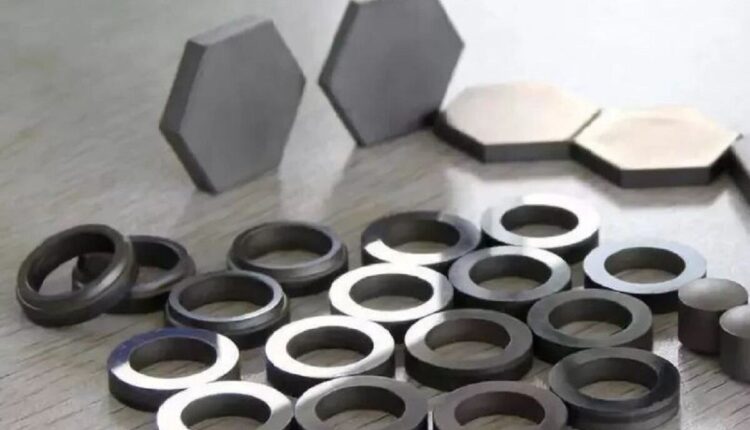In industrial and engineering applications, the choice of materials is critical to achieving the desired level of performance and durability. Boron carbide and tungsten carbide are top contenders for many applications due to their exceptional hardness, strength, and resistance to wear and corrosion. However, the distinct properties of each material make them better suited for different uses. This article examine the differences between boron carbide and tungsten carbide, explore their unique advantages and disadvantages, and compare them to determine which material best suits specific industrial and engineering applications.
Properties of Boron Carbide
Boron carbide is a ceramic material composed of boron and carbon atoms. It is known for its supreme hardness and low density, making it an excellent choice for applications where strength and weight are important factors. Boron carbide is also highly resistant to wear and corrosion, making it suitable for harsh environments. It is also a good conductor of heat and electricity, making it useful in applications requiring thermal or electrical conductivity.
However, boron carbide does have some drawbacks. Under extreme stress, it can be brittle and prone to cracking or chipping. Additionally, it can be difficult to manufacture and shape, which can increase the cost of production.
Applications of Boron Carbide
Boron carbide is commonly used in abrasive blasting nozzles, cutting tools, grinding wheels, and body armor. Its exceptional hardness and light weight make it ideal for these particular applications.
Properties of Tungsten Carbide
Tungsten carbide is a composite material of tungsten carbide particles held together by a metal binder, typically cobalt. While tungsten carbide is not as complicated or lightweight as boron carbide, it is still a solid and durable material. It has a high melting point and is corrosion-resistant, making it suitable for high-temperature, high-pressure environments. Like boron carbide, tungsten carbide is also a good conductor of heat and electricity, adding to its versatility in various applications.
One potential disadvantage of tungsten carbide is that the cobalt binder used in its composition can be prone to corrosion and wear, reducing its lifespan.
Applications of Tungsten Carbide
Tungsten carbide is commonly used in cutting and drilling tools, wear-resistant coatings, machine parts, and oil and gas exploration. It is an excellent choice for applications requiring toughness and high-temperature resistance.
Comparing Boron Carbide vs. Tungsten Carbide
When comparing boron carbide and tungsten carbide, it’s essential to consider the application and properties most important for that use case.
Boron carbide is best suited for applications requiring extreme hardness, low weight, and thermal/electrical conductivity. Tungsten carbide, on the other hand, is better suited for applications requiring toughness, high-temperature resistance, and impact resistance.
In terms of cost, boron carbide is more expensive and difficult to manufacture and shape than tungsten carbide. However, the cost may be justifiable depending on the application’s specific needs.
Conclusion: Which is Better?
Ultimately, the choice between boron carbide and tungsten carbide comes down to the application’s specific needs. By understanding each material’s unique properties and advantages, engineers and manufacturers can make informed decisions when choosing between boron carbide and tungsten carbide for their projects.
Read Also: The Reason Why Teams Fail To Produce – And How To Fix That

